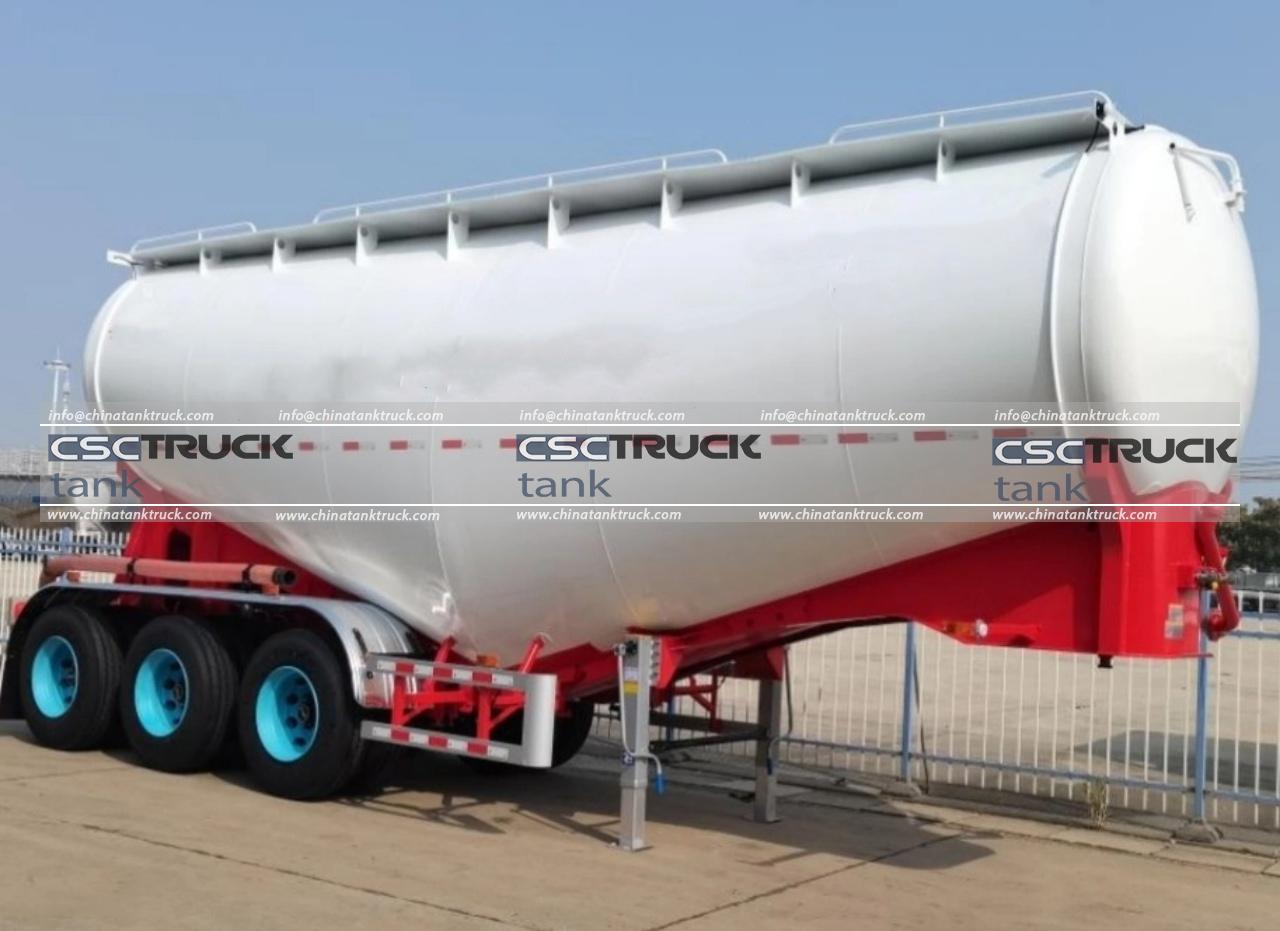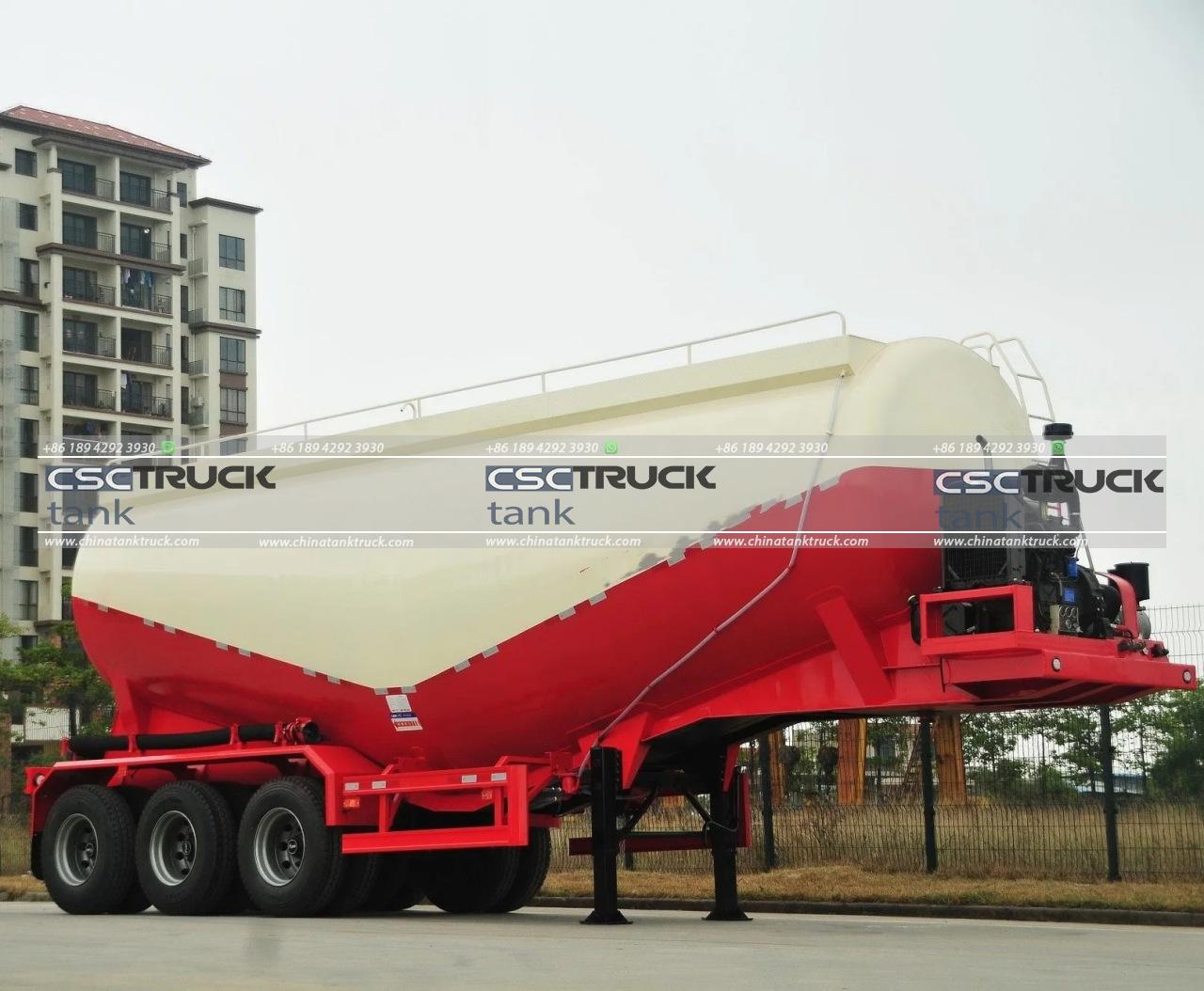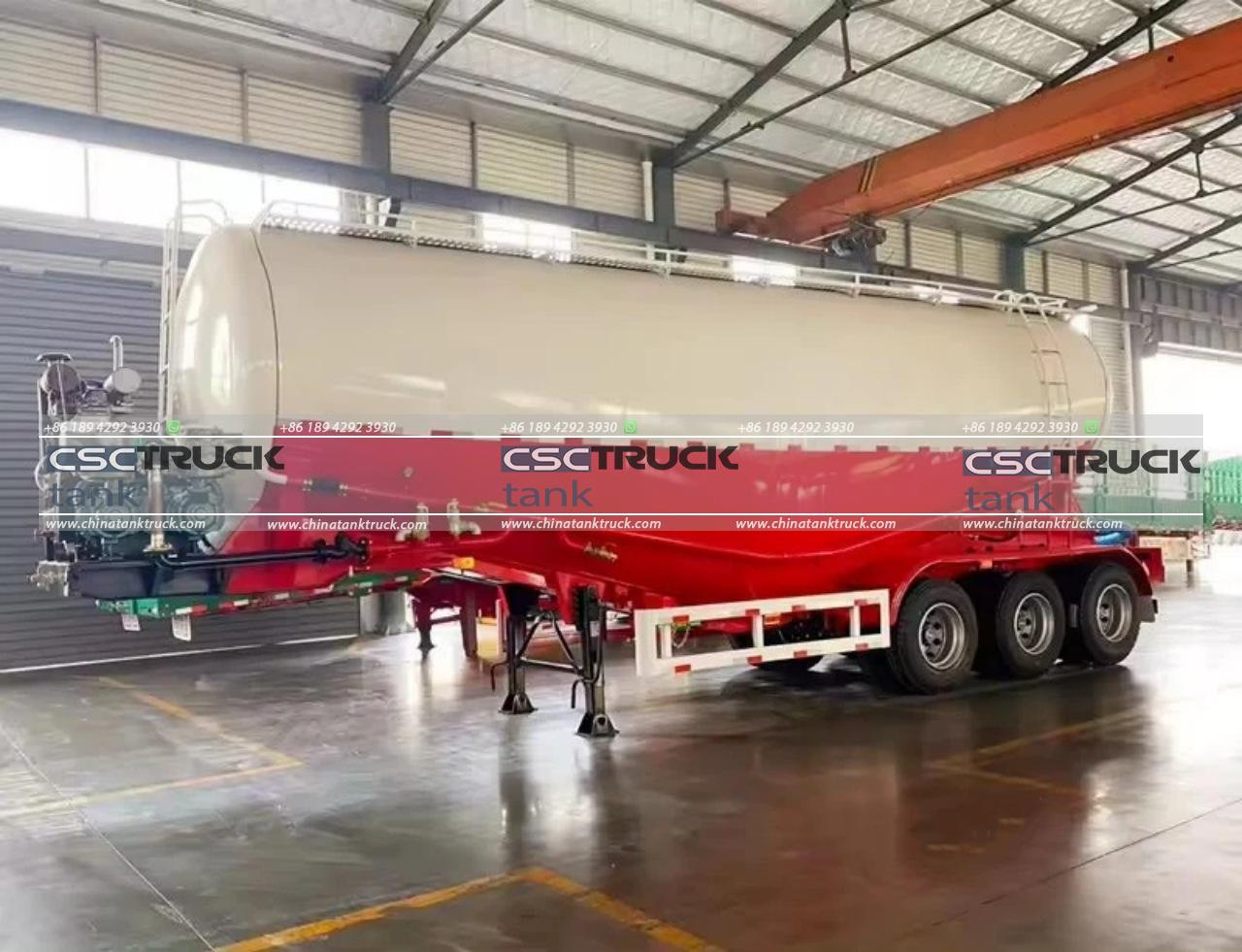What is the Volume of a Pneumatic Tanker?
Pneumatic tankers are widely used in the transportation industry to haul dry bulk materials such as cement, grain, flour, and various other powders and granules. These tankers also referred to as pneumatic trailers or dry bulk trailers, employ air pressure to discharge the materials efficiently. Understanding the volume of a pneumatic tanker is crucial for logistics, ensuring proper load management, and meeting regulatory requirements. In this article, we will explore the concept of a pneumatic tanker’s volume, the factors that influence it, and how it impacts the performance and utility of the tanker.
What is a Pneumatic Tanker?
Before diving into the specifics of volume, it’s essential to understand what a pneumatic tanker is. Pneumatic tankers are specialized trucks designed to transport bulk materials in powder or granular form. They are equipped with a series of compartments or a single large tank that can be pressurized. The tank is typically cylindrical and made from durable materials such as aluminum or steel to handle the rigors of transport and the pressure used to discharge materials.
The defining feature of a pneumatic tanker is the use of compressed air to unload the cargo. Unlike traditional dump trucks or conveyors that rely on gravity or mechanical methods, pneumatic tankers use air pressure to blow the material out through hoses and pipes. This makes them ideal for situations where unloading into confined spaces, silos, or storage containers is required.

The Importance of Volume
When discussing the volume of a pneumatic tanker, we are essentially talking about the capacity of the tank or compartments that hold the dry bulk material. This capacity is critical for several reasons:
1. Load Management: The volume of the tanker determines how much material can be transported in a single trip. This impacts the efficiency of logistics operations. Hauling too little material per trip can lead to increased transportation costs while overloading can lead to safety issues, excessive wear on the vehicle, and violations of weight restrictions on public roads.
2. Legal Considerations: Various jurisdictions have regulations governing the maximum allowable weight and volume that can be carried by trucks. These laws are in place to protect roads from damage, ensure the safety of other drivers, and minimize environmental impacts. Truck operators must be mindful of these regulations when selecting and operating pneumatic tankers.
3. Efficiency: Maximizing the use of the available volume in a pneumatic tanker can lead to more efficient transportation operations. By fully utilizing the tanker’s capacity, fewer trips are needed to deliver the same amount of material, which reduces fuel consumption and lowers overall costs.
4. Compatibility with Material Density: Different materials have different densities, which means that the same volume of tank space may hold varying amounts of material by weight. For example, cement is denser than flour, so a full tanker of cement will weigh more than the same tanker filled with flour. Understanding the relationship between volume and material density helps ensure that the tanker is neither underfilled nor overloaded.
Determining the Volume of a Pneumatic Tanker
The volume of a pneumatic tanker is typically measured in cubic feet or cubic meters, depending on regional preferences. The actual volume can vary based on the specific design and purpose of the tanker.
A typical pneumatic tanker can have a volume capacity ranging from 1,000 cubic feet (about 28 cubic meters) to over 3,000 cubic feet (about 85 cubic meters), depending on the size of the vehicle and the number of compartments. Smaller pneumatic tankers are often used for local deliveries, while larger ones are designed for long-distance transport and higher-capacity loads.
Several factors influence the volume of a pneumatic tanker:
1. Tank Size and Shape: Most pneumatic tankers are cylindrical, which optimizes the structural integrity of the tank under pressure and allows for efficient unloading of material. However, the length and diameter of the cylinder can vary, affecting the overall volume. Some tankers have multiple compartments separated by bulkheads, allowing for the transport of different materials in the same load. In such cases, each compartment has its volume, which contributes to the overall capacity.
2. Material Handling Equipment: Some pneumatic tankers are equipped with additional equipment such as aerators, vibrating pads, and internal piping to help move material more efficiently. These features take up space inside the tank, slightly reducing the available volume for material storage.
3. Design for Specific Materials: Pneumatic tankers can be designed to handle specific types of materials, and this can affect the tank’s volume. For example, tankers designed to carry lighter, less dense materials like flour may have larger volumes, while those intended for denser materials like cement or sand may have smaller volumes to stay within weight limits.
4. Regulations and Road Limits: Legal restrictions regarding axle weight and gross vehicle weight rating (GVWR) can limit the practical volume of a pneumatic tanker. Even if a tanker has a large volume, operators must ensure that the total weight of the loaded vehicle does not exceed regulatory limits. In practice, this means that the tanker may not be filled to its maximum volume if doing so would result in an overweight vehicle.

Calculating Volume
The volume of a pneumatic tanker can be calculated using basic geometric formulas if the dimensions of the tank are known. For a cylindrical tank, the volume is determined by the formula:
V=π×r2×h
Where:
- V is the volume,
- r is the radius of the cylindrical tank,
- h is the height or length of the tank,
- π is a constant (approximately 3.14159).
For example, if a tank has a radius of 5 feet and a length of 40 feet, the volume would be:
V=3.14159×(52)×40=3.14159×25×40=3,141.59 cubic feet
This calculation gives the tank’s theoretical maximum volume, but the actual usable volume may be slightly lower due to internal structures and equipment.

Conclusion
Understanding the volume of a pneumatic tanker is critical for optimizing the transportation of dry bulk materials. The tank’s volume affects load management, regulatory compliance, and efficiency. Whether you’re a logistics operator, a truck manufacturer, or a regulatory body, knowing how to calculate and manage the volume of a pneumatic tanker ensures safe and efficient transportation. The capacity of pneumatic tankers varies based on design, material density, and regulatory constraints, but by carefully managing these factors, operators can maximize efficiency and reduce costs.

